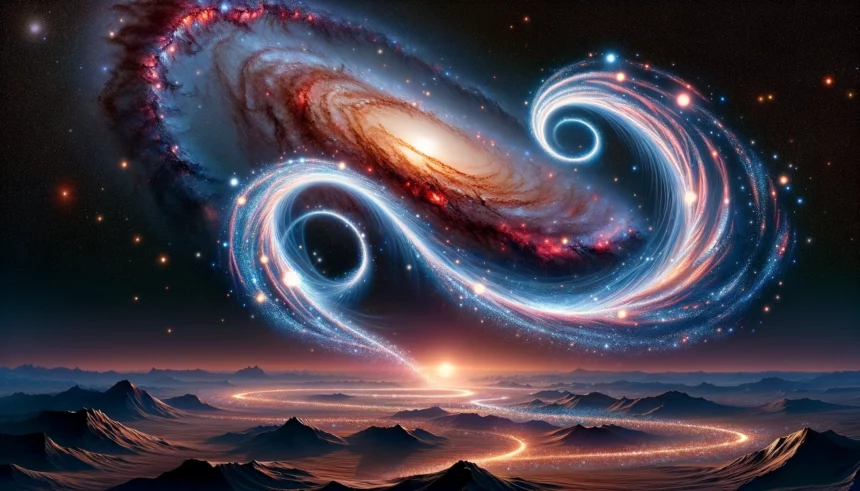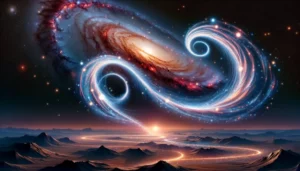In a groundbreaking revelation, the European Space Agency’s (ESA) Gaia space telescope has cast new light on the ancient origins of the Milky Way, uncovering two previously unknown streams of stars named Shakti and Shiva. These celestial formations, which weaved into the fabric of our galaxy over 12 billion years ago, are among the universe’s oldest structures, predating even the formation of the Milky Way’s spiral arms and disc.
Khyati Malhan, leading the research from the Max Planck Institute for Astronomy in Heidelberg, Germany, expressed astonishment at the discovery. “It’s truly remarkable that we’re able to detect these ancient structures amidst the vast changes the Milky Way has undergone,” Malhan shared. The clarity and depth of the data from Gaia have allowed researchers to identify these star streams with unprecedented precision.
Ancient Cosmic Fragments Merge with the Milky Way
Each of these streams carries the mass of approximately 10 million suns, composed of stars aged between 12 to 13 billion years. They travel in similar orbits, showcasing a shared chemical composition that points to their ancient origins. The discovery suggests that Shakti and Shiva may have originated as separate entities that eventually merged with the Milky Way, contributing to its early growth.
Situated close to the heart of our galaxy, these streams were part of a region explored by Gaia in 2022, dubbed as the Milky Way’s “poor old heart” due to its abundance of metal-poor stars. These stars, lacking in the heavier metal elements found in younger celestial bodies, offer a glimpse into the galaxy’s primitive state.
Tracing the Milky Way’s Earliest Chapters
The study not only highlights the Milky Way’s complex evolution but also the galaxy’s diverse family tree. Shakti and Shiva, named after the divine couple from Hindu philosophy symbolizing creation, illustrate the galaxy’s gradual growth. Their differing orbits provide clues to the varied conditions under which these streams formed, adding layers to our understanding of galactic history.
The researchers have also mapped other significant star groups identified by Gaia, such as Gaia-Sausage-Enceladus and LMS1/Wukong, further enriching the narrative of our galaxy’s formation. These findings underscore the role of Gaia in piecing together the Milky Way’s early history, revealing the intricate dance of stars and structures that gave birth to the galaxy as we know it.
Timo Prusti, Gaia’s Project Scientist at ESA, hailed the mission’s success in shedding light on the Milky Way’s infancy. “Gaia’s goal has always been to uncover the intricacies of our galaxy’s past, and discoveries like Shakti and Shiva are vital in completing the cosmic puzzle of our home,” Prusti remarked.
As we continue to explore the depths of our galaxy, each new discovery brings us closer to understanding the origins and evolution of the Milky Way. The story of Shakti and Shiva is a testament to the enduring quest for knowledge and the mysteries that await us in the stars.




